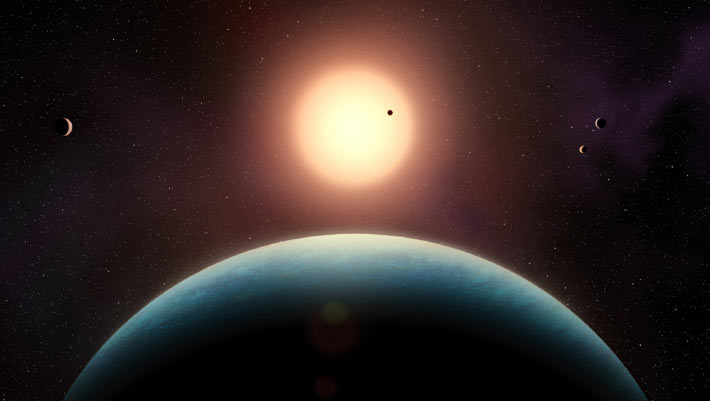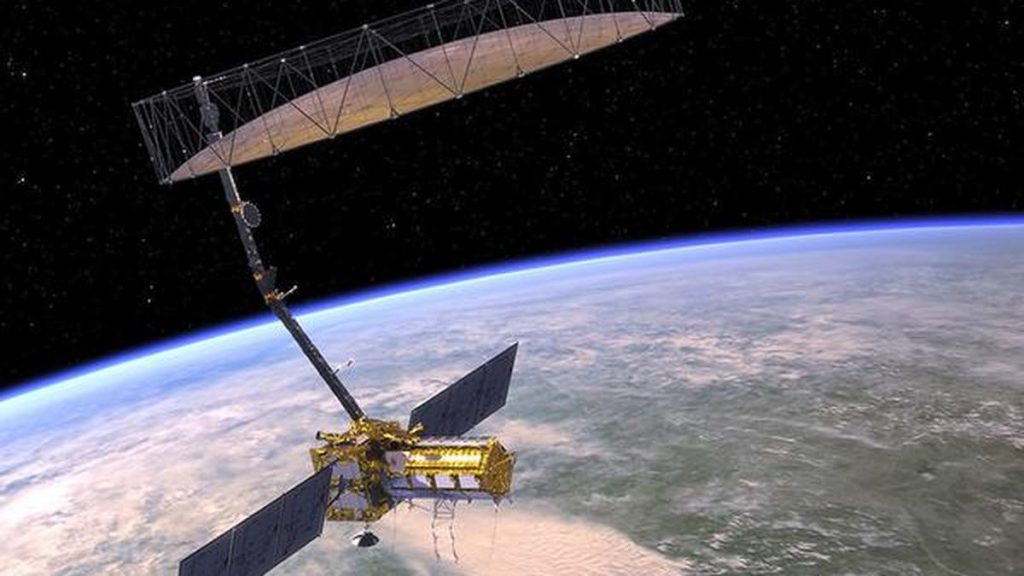Now Reading: Astronomers Discover Fifth Planet in L 98-59 System
-
01
Astronomers Discover Fifth Planet in L 98-59 System
Astronomers Discover Fifth Planet in L 98-59 System

Quick Summary
- L 98-59f is a newly confirmed non-transiting super-Earth planet, with a minimal mass of 2.8 earth masses and a 23-day orbit inside the habitable zone of red dwarf L 98-59.
- The L 98-59 system consists of five exoplanets located approximately 34.5 light-years away in the Volans constellation.
- Three transiting planets (L 98-59b,c,d) were first identified in compact orbits by TESS in 2019; another outer planet (L 98-59e) was confirmed in 2021 using ESO’s ESPRESSO spectrograph.
- The latest research conducted by astronomers at Université de Montréal and Trottier Institute refined planetary radius and mass measurements with data from TESS, ESPRESSO, HARPS, and Webb telescopes:
– Radii: b = 0.84 Earth radii; c =1.33; d =1.63 Earth radii.
– Masses: b=0.46 Earth masses; c=2; d=1.64 Earth masses; e has minimal mass =2.82 Earth masses.- Circular orbital configurations allow for favorable atmospheric studies in the future.
- existence of a fifth planet (L 98-59f), located within the potentially habitable zone where liquid water could exist on its surface, was confirmed as part of this reanalysis process.
- Researchers highlight the diversity and composition range among these planets-ranging from rocky to possibly water-rich-and emphasize their value for understanding planetary formation around low-mass stars.
Image included: Artist’s depiction showing L 98-59 system and foreground super-earth f by Benoît Gougeon / UdeM.Read More
Indian Opinion Analysis
The discovery further underscores India’s emerging interest in space science amid global advancements like exoplanet studies-a field vital for unraveling mysteries about life beyond Earth and expanding astrophysics knowledge globally when collaborations arise or inspire parallel Indian-lead projects toward astronomy investments domestically.
The noted applicability telescopes may apply India deepen analysis promisingly staples launching partnerships international rounds/buttons






















